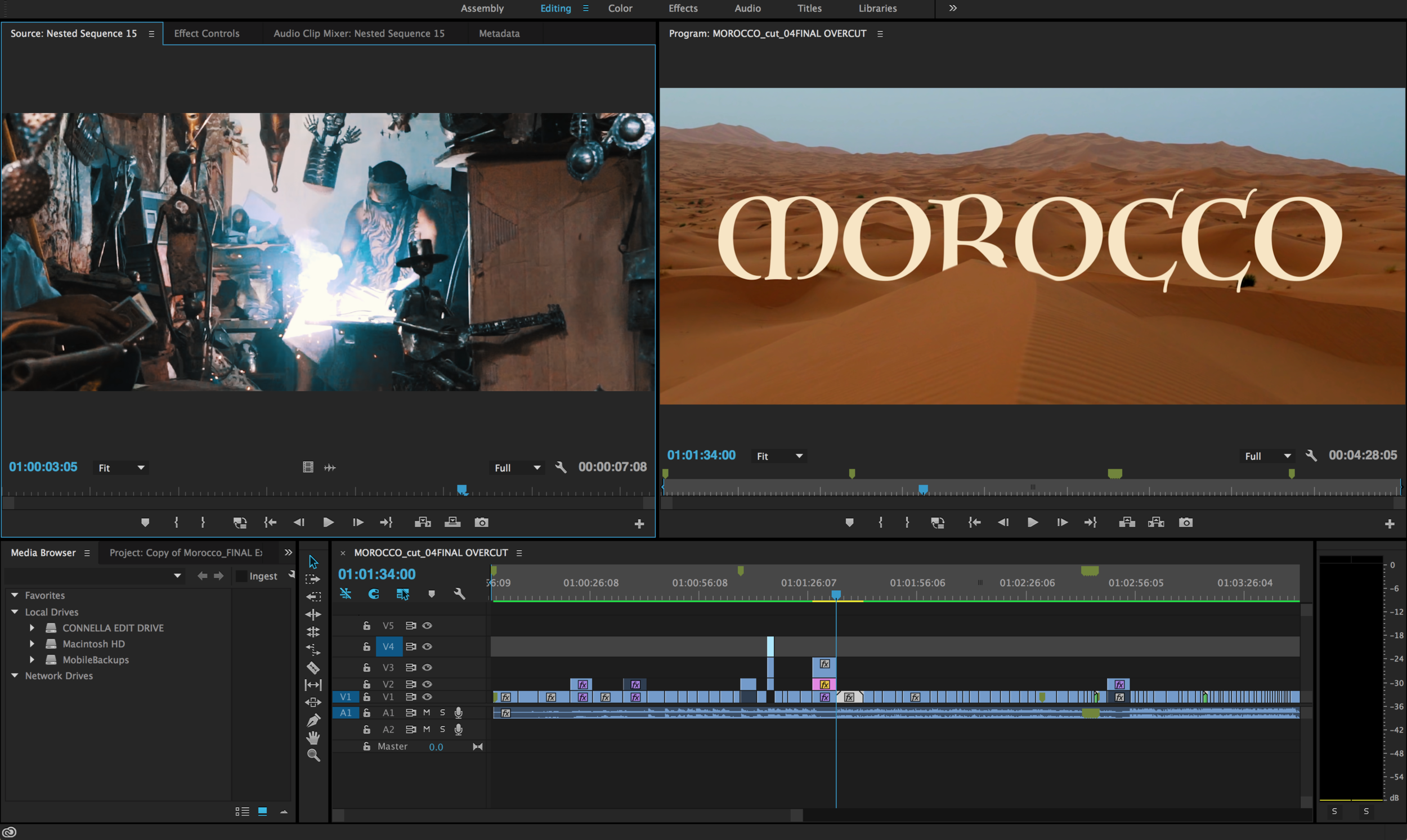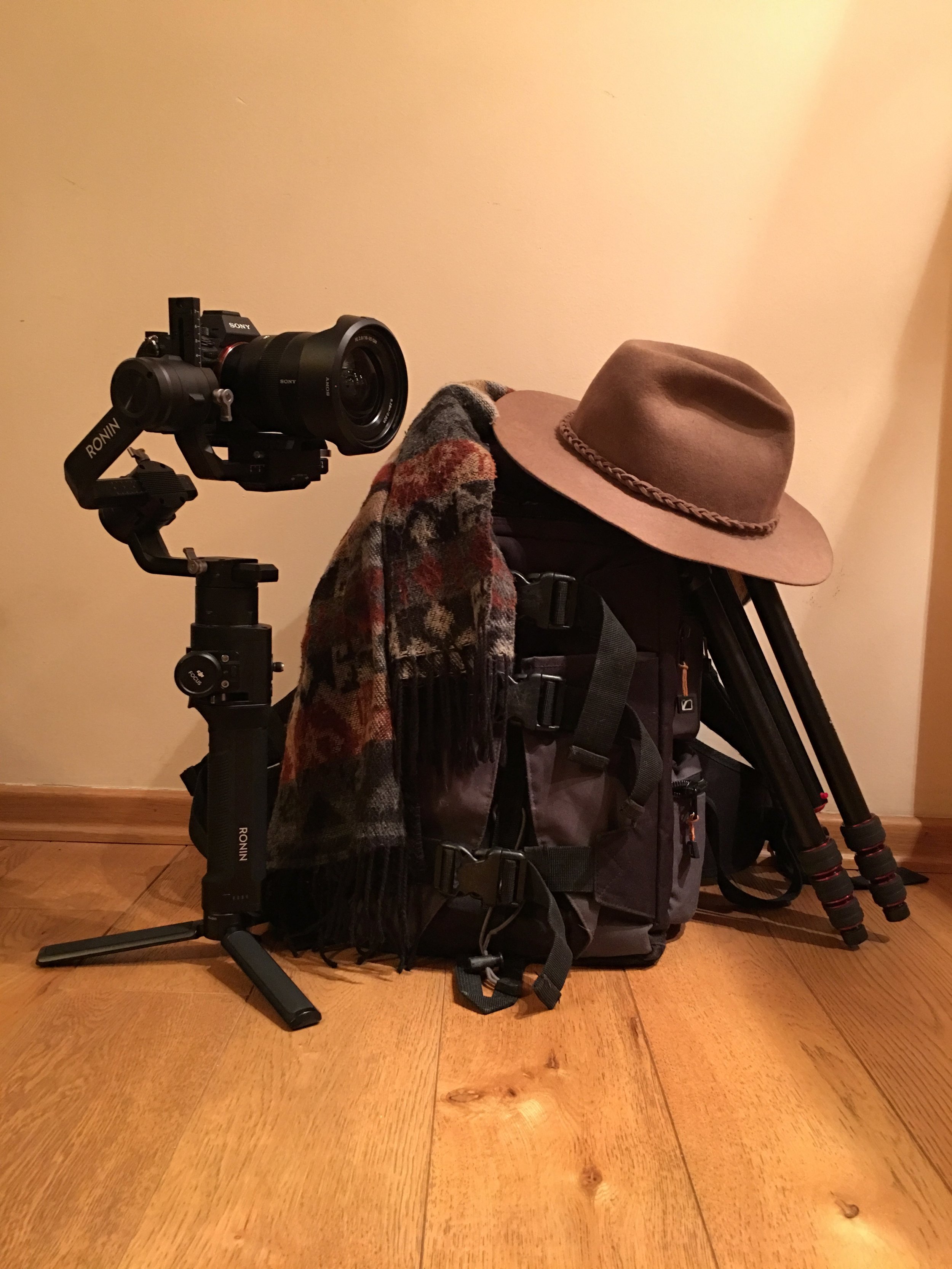10 Tips for Making Better Travel Films
Travel films are more popular than ever. From YouTube, to Vimeo there are a lot of talented and inspiring filmmakers out there. Many people are fooled into thinking expensive gear is the key to achieving the look of the filmmakers they admire but a lot can be achieved with even the simplest equipment if you follow these 10 tips.
1. STORY ALWAYS BEATS TECHNIQUE
Don’t get me wrong, technique is important and can enhance your films and help you tell a better story. But technique alone will never make a film worth watching, unless it’s purely instructional. If your film has an engaging and worthwhile story, viewers will be much more forgiving of your technique, than if you have technique and no story.
2. CHEAP CAMERAS CAN NOW DO MORE THAN YOU THINK
Don’t under estimate the abilities of your cheap camera. Even camera’s like the Sony RX100 or RX10 can capture stunning images. If money is holding you back from getting creative realize that you may already have an amazing tool at your fingertips. From incredible frame rate choices to 4K video capabilities, you have no excuse to not be sharing your perspective on the world. Believe it or not, smaller and cheaper gear can actually be an advantage as it will draw less attention and in many cases be smaller and lighter than more professional gear allowing you to document more discretely and even create more innovated and nimble camera moves.
This proves tip #1 AND #2. Check out this short doc shot entirely on an iPhone. Yes it looks good, but the gear is cheap AND the story is great.
3. YOU ARE NOT THE STAR OF THE SHOW
Of course you can be in your film and of course you can be a piece of the story but you’re a travel filmmaker. People didn’t hit the play button to just see you. They hit play so you could show them a place, a people, an experience or an activity they’ve never seen. Let your destination and its people be the star and if you wan’t, join in as a supporting role.
4. MAKE YOUR FILMs RELATABLE
Are you making something people can connect with? There are lots of ways to do this. It can be through the humanity of faces, the beauty of the landscapes or your personal perspective on a culture. No one cares (outside your family and friends) about your 15 minutes of footage hanging out by the pool.
During my first and only trip to Portugal, the thing that impressed me the most was its people. The spirit and joy of the Portuguese stole both Marta’s and my heart so this was the most important thing to me to capture in this film.
5. MAKE YOUR FILMs RELEVANT
Does your film serve a purpose? Does it offer something that changes peoples perspective, teaches them something new, opens their eyes to the now of a situation or a place. This doesn’t mean it has to be journalistic but make sure it leaves your viewers knowing more than before they clicked play.
6. MAKE YOUR FILMs PERSONAL
If it’s not personal, why should people be following you or watching your films? Again, this doesn’t mean it has to be the “me” story. It means you felt something when you traveled. You connected the people or a place and you put your heart and soul into capturing what you felt. It’s through your passion and own emotions that you will craft your story and connect with your viewers.
Jose Pando Lucas makes this beautiful short film in honor of his father and grandparents who are Portuguese, using a cast, culture and country he is not from.
7. EDITING TRUMPS CAMERA TECHNIQUE
Editing is not only the key to making good footage great, it’s also the key to making mediocre footage watchable. If you can crack the code on crafting a good story and flow in the editing room through pacing and shot selection, you will hold your viewers’ attention from the first frame to the last. If you’re just getting started, for every minute of filming you do, you should be spending 20x that at your computer playing with it in your editing software. For every tutorial on camera technique you watch, you should be watching twice as many on the art of editing.
8. THE RIGHT MUSIC CAN MAKE OR BREAK IT
Make sure your music counts. Ask yourself why you’re choosing it and how it enhances your story or helps transport your viewers to that land. Music taste is of course very subject but choosing with location and culture in mind, will help you tell better stories. You are making a travel film after all and not a music video…
9. GOOD SOUND WILL TRANSPORT YOUR VIEWERS THERE
Get creative with your sound work. Film is a powerful tool in the sense its multi sensory. It’s visual and auditory. So think about how you can use the power of audio to give your viewers an even more intimate experience, whether it be recording sounds from your destination, enhancing with sound design or recording interviews or maybe even a personal voice over.
Friend and filmmaker Rod Gotfried takes you on this beautiful journey through Turkey. He filmed this two weeks after the attempted coup and terrorist attack in 2016. His subtle and beautiful use of news sound bites, music and sound design make this film a fantastic example of tips #5, ,#6 ,#8 and #9.
10. PRACTICE MAKES PERFECT
This may be obvious, but absolutely true. The more you shoot and edit, the better you will get. Don’t underestimate the power of practice. Are you home and your next trip isn’t for six months? Great! Find something to shoot at home. Find a local story. Always be filming, always be practicing, always be telling stories.
There’s no excuse not to shoot. There’s a story waiting to be told right out your front door.
AFFILIATE DISCLOSURE: AS AN AMAZON ASSOCIATE WE EARN FROM QUALIFYING PURCHASES.
LEARN HOW TO MAKE TRAVEL FILMS
If you’re feeling inspired after reading this and want to learn more, you’re in luck.
Nathaniel Connella is an award winning professional travel filmmaker who has been featured by National Geographic, BBC Travel, Lonely Planet and more. His eBook titled, ‘A Beginner’s Guide To Travel Filmmaking’ is an easy, to the point read that explains all the essential tools and ideas you will need to take your travel films to the next level.











